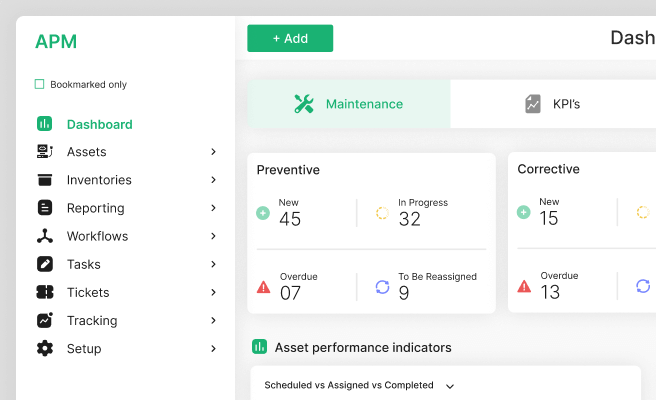Testing
<p>Testing is a fundamental process in the development of products, particularly in software and technology design. It involves evaluating and verifying that a product or system meets the required specifications and functions correctly. This process is crucial for identifying and resolving issues before the product is released to the market, ensuring high quality and reliability.</p>
<p>Historically, testing has been a part of engineering and manufacturing processes for decades. With the rise of the digital age, it has become even more critical in software development and product design. Effective testing helps in mitigating risks, improving performance, and ensuring user satisfaction.</p>
<h2>Types of Testing</h2>
<p>Testing can be categorized into various types based on its purpose and scope:</p>
<ul>
<li><strong>Unit Testing:</strong> This involves testing individual components or units of a product to ensure they function as intended.</li>
<li><strong>Integration Testing:</strong> This type checks how different components of a system work together.</li>
<li><strong>System Testing:</strong> This involves testing the entire system as a whole to ensure it meets the specified requirements.</li>
<li><strong>User Acceptance Testing (UAT):</strong> This ensures that the product meets the needs and expectations of the end-users.</li>
</ul>
<p>Each of these testing types plays a vital role in the overall product development lifecycle, helping to ensure that the final product is robust and reliable.</p>
<h2>Importance of Testing in Product Design</h2>
<p>Incorporating testing into the product design process offers several benefits:</p>
<ul>
<li><strong>Quality Assurance:</strong> Testing helps in identifying defects and issues early, ensuring that the final product is of high quality.</li>
<li><strong>Cost Efficiency:</strong> Early detection of issues reduces the cost of fixing them, as the later a defect is found, the more expensive it is to resolve.</li>
<li><strong>Customer Satisfaction:</strong> A well-tested product is more likely to meet user expectations, leading to higher customer satisfaction and loyalty.</li>
<li><strong>Risk Mitigation:</strong> Thorough testing helps in identifying potential risks and mitigating them before they become significant problems.</li>
</ul>
<h2>Case Study: Climate Tech</h2>
<p>In the climate tech industry, testing is crucial for ensuring that products such as carbon capture technologies and green manufacturing systems are safe and effective. For example, [Climeworks](https://climeworks.com/) extensively tests their direct air capture technology to ensure it meets environmental and safety standards. This rigorous testing process helps in building credibility with partners and investors, essential for success in the climate tech sector.</p>
<h2>Testing Tools and Techniques</h2>
<p>There are various tools and techniques available for effective testing:</p>
<ul>
<li><strong>Automated Testing Tools:</strong> Tools like [Selenium](https://www.selenium.dev/) and [JUnit](https://junit.org/junit5/) help in automating repetitive testing tasks, increasing efficiency and coverage.</li>
<li><strong>Manual Testing:</strong> This involves human testers executing test cases manually, useful for exploratory and usability testing.</li>
<li><strong>Continuous Integration (CI) Tools:</strong> Tools like [Jenkins](https://www.jenkins.io/) and [CircleCI](https://circleci.com/) facilitate continuous testing as part of the development process, ensuring that code changes are continuously tested and integrated.</li>
</ul>
<h2>Challenges and Best Practices</h2>
<p>Testing can be challenging, particularly in complex systems. Some common challenges include:</p>
<ul>
<li>Managing test data and environments</li>
<li>Maintaining test scripts and automation tools</li>
<li>Ensuring adequate test coverage</li>
</ul>
<p>To overcome these challenges, it is essential to follow best practices such as:</p>
<ul>
<li>Implementing a robust test strategy</li>
<li>Using a combination of automated and manual testing</li>
<li>Regularly updating and maintaining test cases</li>
<li>Involving stakeholders in the testing process</li>
</ul>
<p>Testing is an integral part of product design and development, ensuring that products meet the required standards and user expectations. By incorporating various testing types, using effective tools, and following best practices, organizations can deliver high-quality and reliable products to the market.</p>
<p>For more information on improving your testing strategies, visit our <a href="https://www.example.com">testing services page</a>.</p> <p>To understand the power of design across industries and sectors, view our diverse portfolio of works. <a href="https://www.whatifdesign.co/work" style="color:#2896FF; text-decoration:underline;">View our portfolio</a>.</p> <p>Increase user engagement that converts your demos into sales. Optimise your UX strategies with our audits.
<p>Fill out the <a href="https://tally.so/r/n97pxQ" style="color:#2896FF; text-decoration:underline;">UX Audit form</a> to get started. Ready to discuss your needs? <a href="https://cal.com/akhilak/what-if-design?duration=25" style="color:#2896FF; text-decoration:underline;">Book a consultation call</a> with us today.</p></p>

Let's scale your impact with great design.
Free consultation, no sales pitch
Thank you! Your submission has been received!
Oops! Something went wrong while submitting the form.
Let’s talk
Nothing great is built alone.
Let’s connect about your vision, our work and how we can collaborate.
Get in touch

